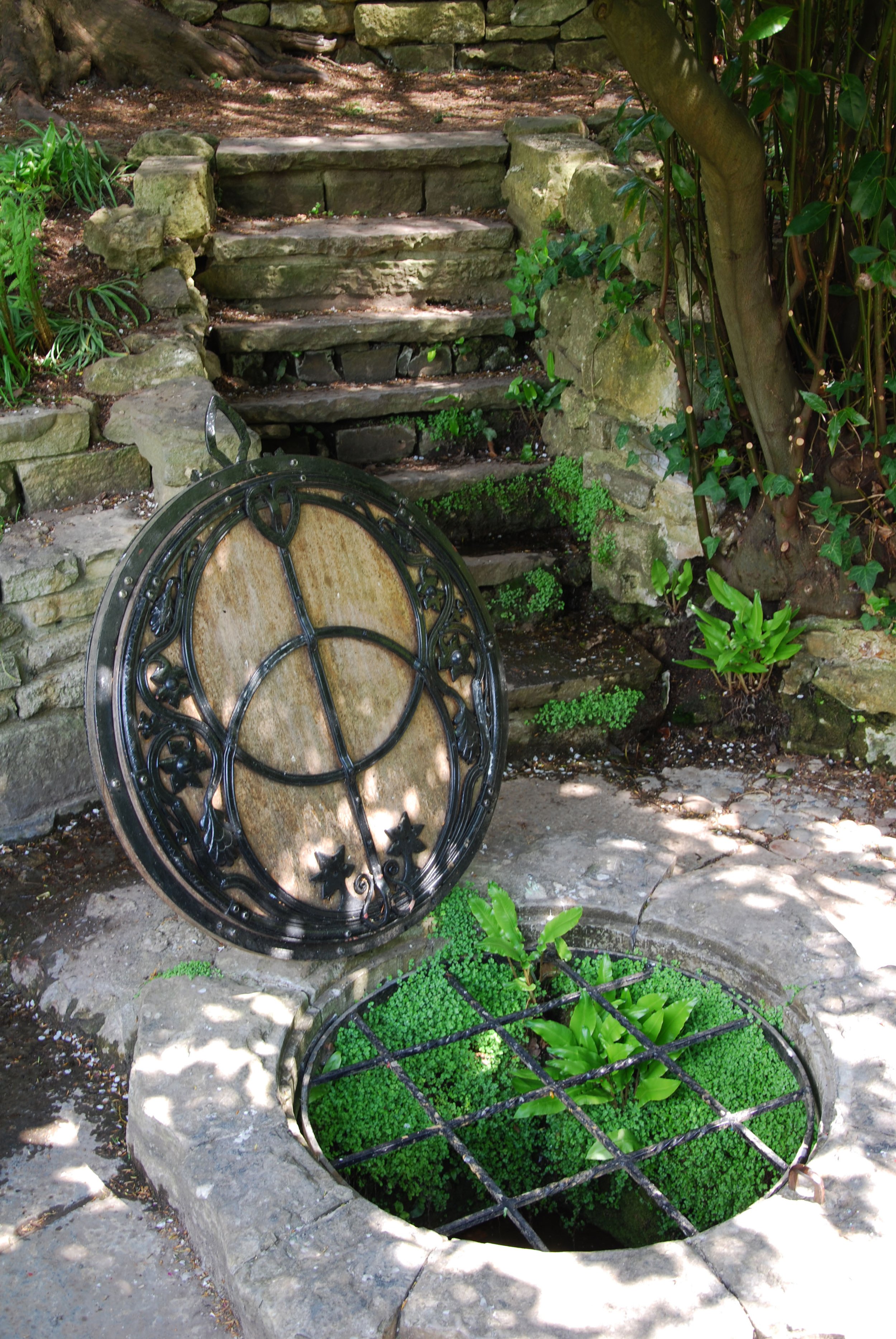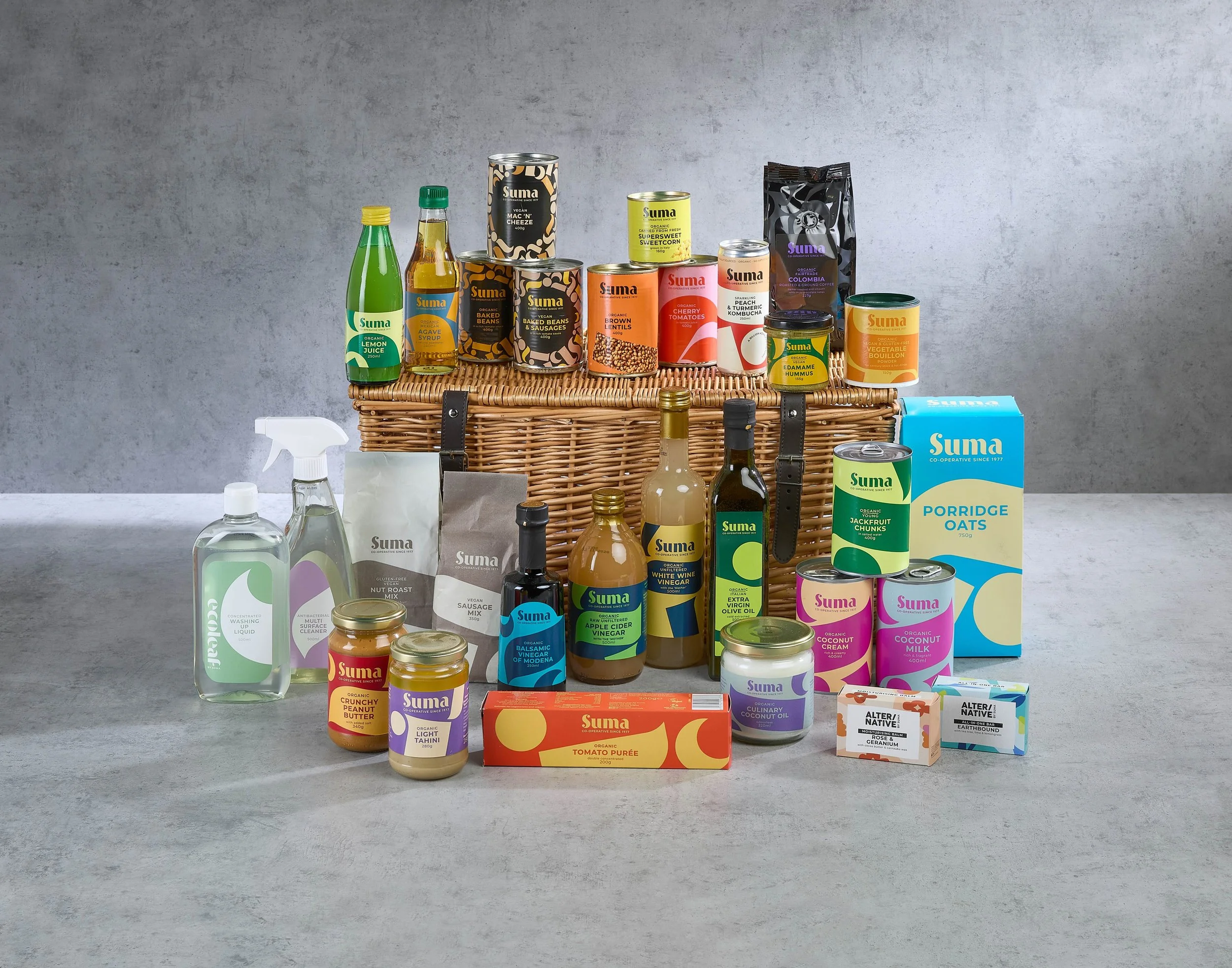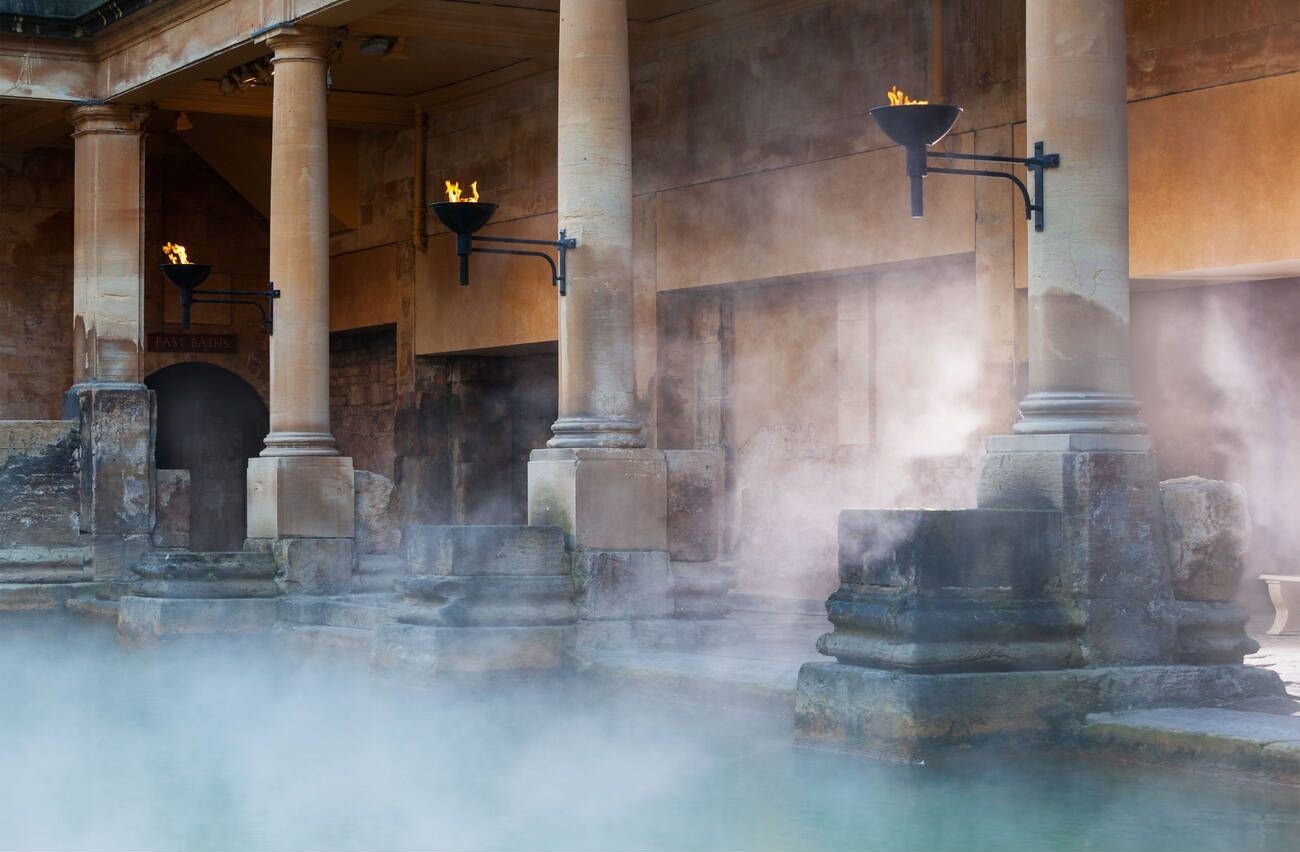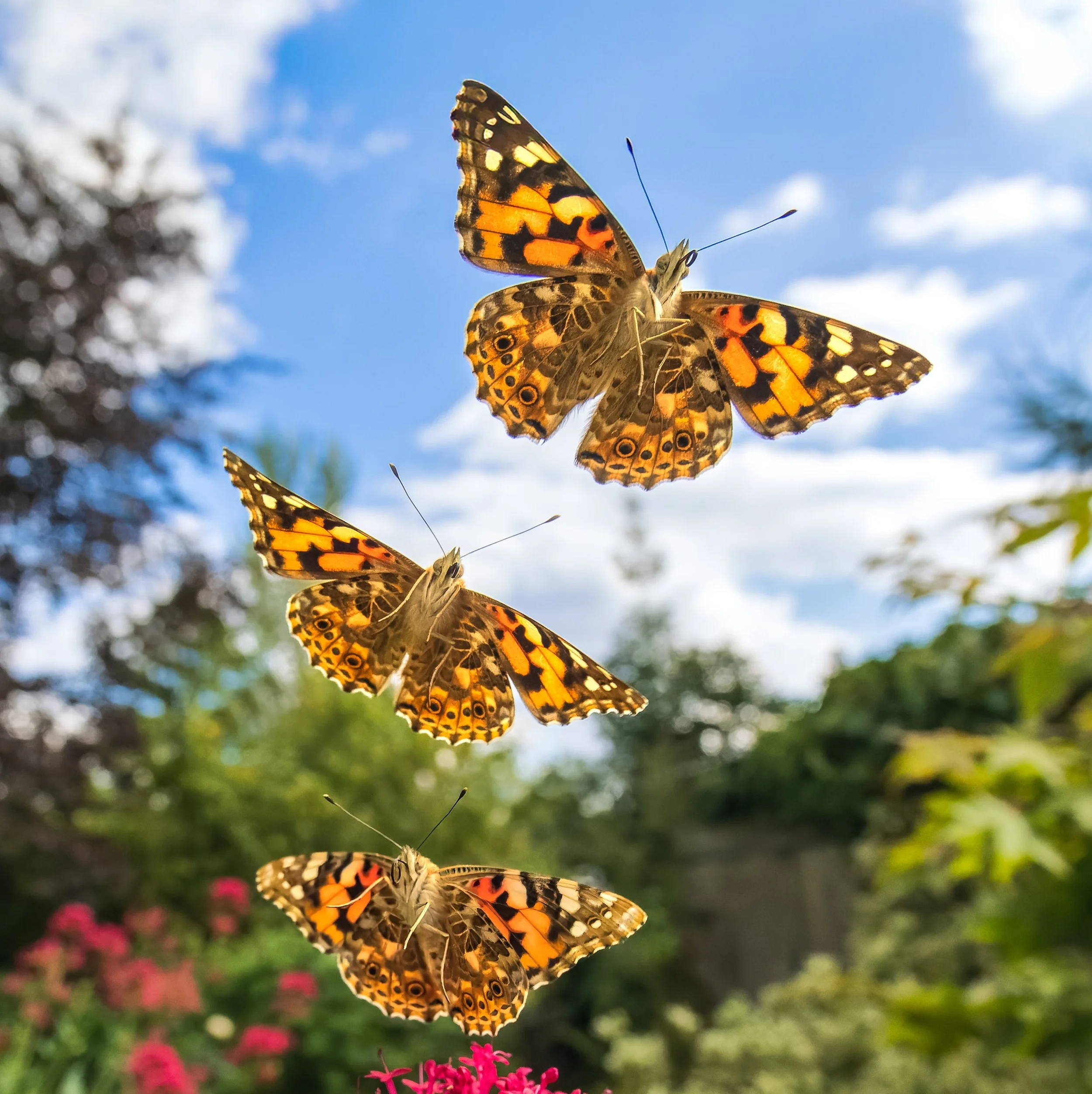Seeking water is a wonderful way to spend a warm day. But if you visit a well you might just find a little magic, too…
Wells have been a place of pilgrimage for hundreds of years, with those visiting them hoping to be healed, inspired or perhaps just hoping to indulge in a bit of magic. There are wells of many varieties all over the country so there’s sure to be one near you if you hope to make a little pilgrimage of your own. Here are a few traditional activities you could try at a well…
• Make a wish
Coins and pins have long been thrown into wells, to represent a secret desire or longing. To avoid leaving any trace of your visit, instead soak an item in the well water and make your wish.
• Tell the future
Young women with romantic worries headed to wells to throw in small objects, often stones, then contemplated the bubbles that surfaced. Each one represented a year to wait until they were married.
• Seek healing
Before modern medicine, the sick and injured were drawn to wells by tales of miracles. Treatment could involve drinking from it, walking around it several times or making an offering. Today, think of its effect as the soothing, spiritual kind of healing, rather than more grandiose claims of cures.
• Dream a dream
As a well can be seen as a liminal place – a portal between the earthly realm and the ‘other’ world – it’s an obvious place to tap into our own hidden depths, our subconscious. Historically, a way to access dreams was by sleeping beside certain wells.
You can read more about why wells are magical places in our August issues, where we have an extract from Clare Gogerty’s book, The Water Remedy: Folklore, Ritual And Wisdom (Calon).
Buy this month's The Simple Things - buy, download or subscribe















































